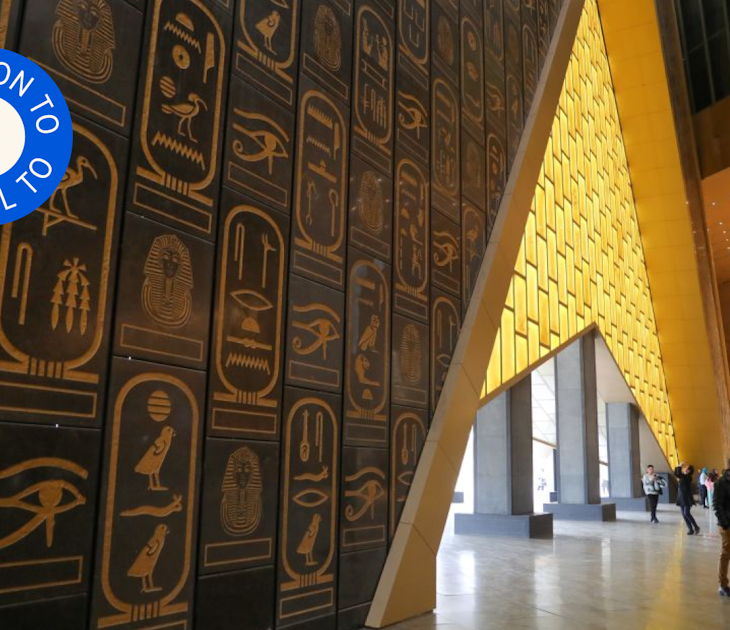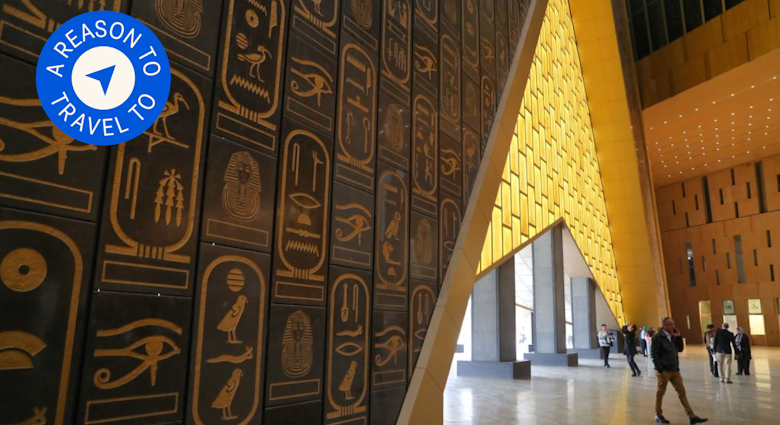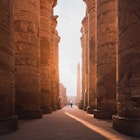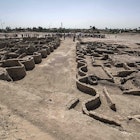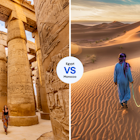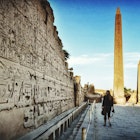In Egypt, it suddenly seems like everything old is new again. The Middle Kingdom tomb of Meru, the oldest archaeological site accessible to the public on Luxor's West Bank, opened for visitors on Thursday, February 9. It joins a growing list of local discoveries and displays offering a fresh look at an ancient world.
Meru was a high-ranking official at the court of 11th Dynasty King Mentuhotep II (ruler until 2004 BC); his tomb, located at the North Asasif necropolis, was built among grave sites for some of the Middle Kingdom's most prominent royal court members.
The tomb, known to archaeologists since at least the mid-19th century, was restored by the Polish Centre for Mediterranean Archaeology at the University of Warsaw and Egypt's Supreme Council of Antiquities.
"This is the first site from such an early period in Western Thebes to be made accessible to visitors," said Fathi Yassin, General Director of Antiquities in Upper Egypt, in a statement made by the ministry.
See inside one of Pompeii's grandest villas as it reopens for the first time in 20 years

The tomb is one of many recently-unearthed blockbuster monuments in Luxor, where royal burials began in 2100 BC. In January, authorities said they found dozens of burial sites from the New Kingdom era, dating from 1800 BC to 1600 BC. Ruins of a Roman city, dating back to the 2nd and 3rd centuries AD, were uncovered nearby.
These discoveries cover a small fraction of Egypt's newest old-world treasures. From outdoor promenades to mammoth museums, here are the newest additions to the country's collection that visitors won't want to miss.
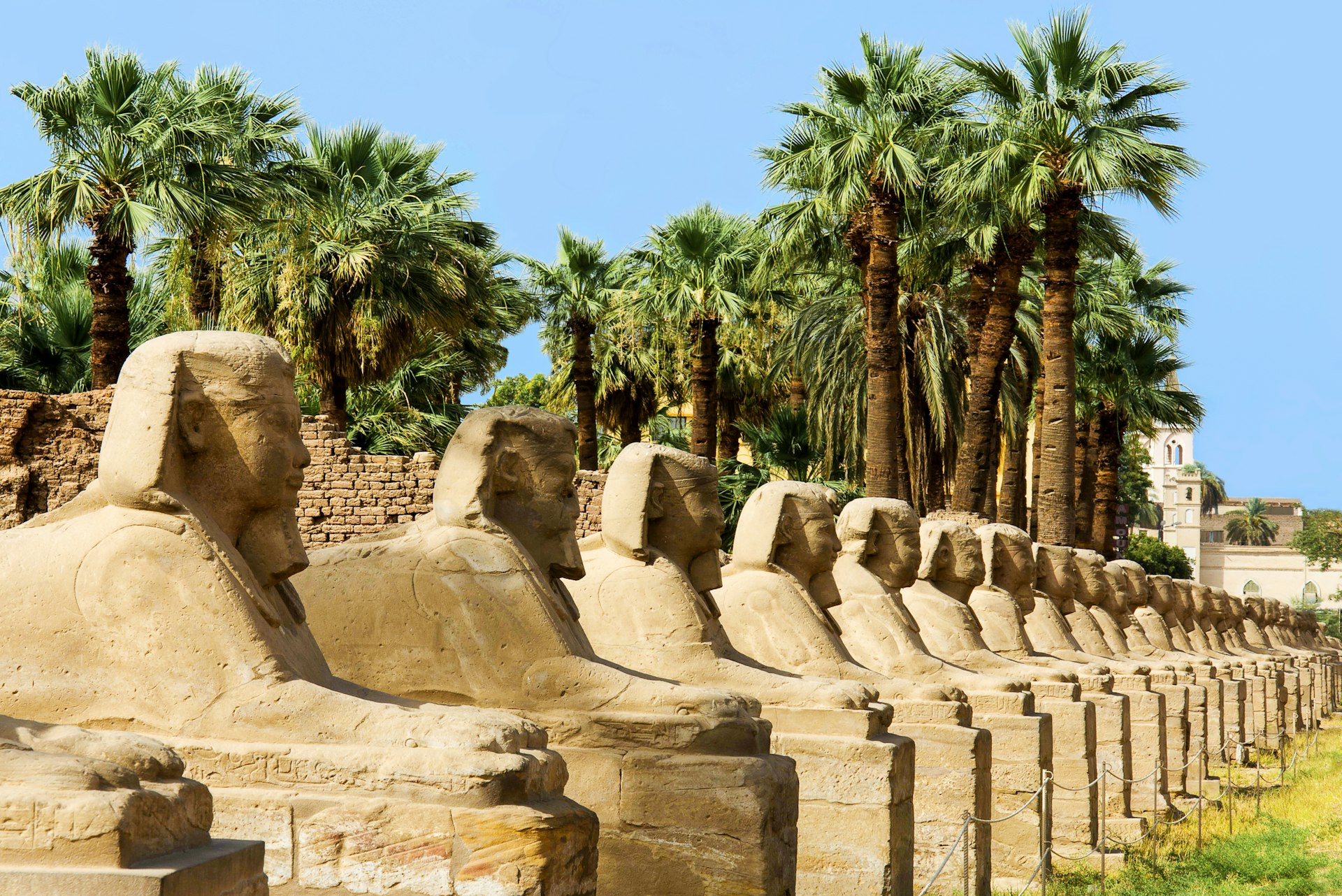
Outdoor artifacts
In 2021, Luxor's 1.7-mile Avenue of the Sphinxes reopened to the public, fresh from decades of renovations and excavations. The walkway, also known as Road of the Rams, connects the Karnak Temple (home to the enormous Temple of Amun-Ra) to the Luxor Temple. The site is often called the world's greatest open-air museum, and for good reason: over 1,000 statues of sphinxes and rams enthrall on both sides of its sandstone-paved path.
15 of the best experiences in Egypt: history, adventure and culture
Marvelous mummies
Explore Ancient Egypt while beating the desert heat at Cairo's National Museum of Egyptian Civilization, which opened in 2017 and covers local history from prehistoric times to the present. In 2021, the museum became the new resting place for 22 royal mummies — including Ramses II, the "great builder" of the ancient world.
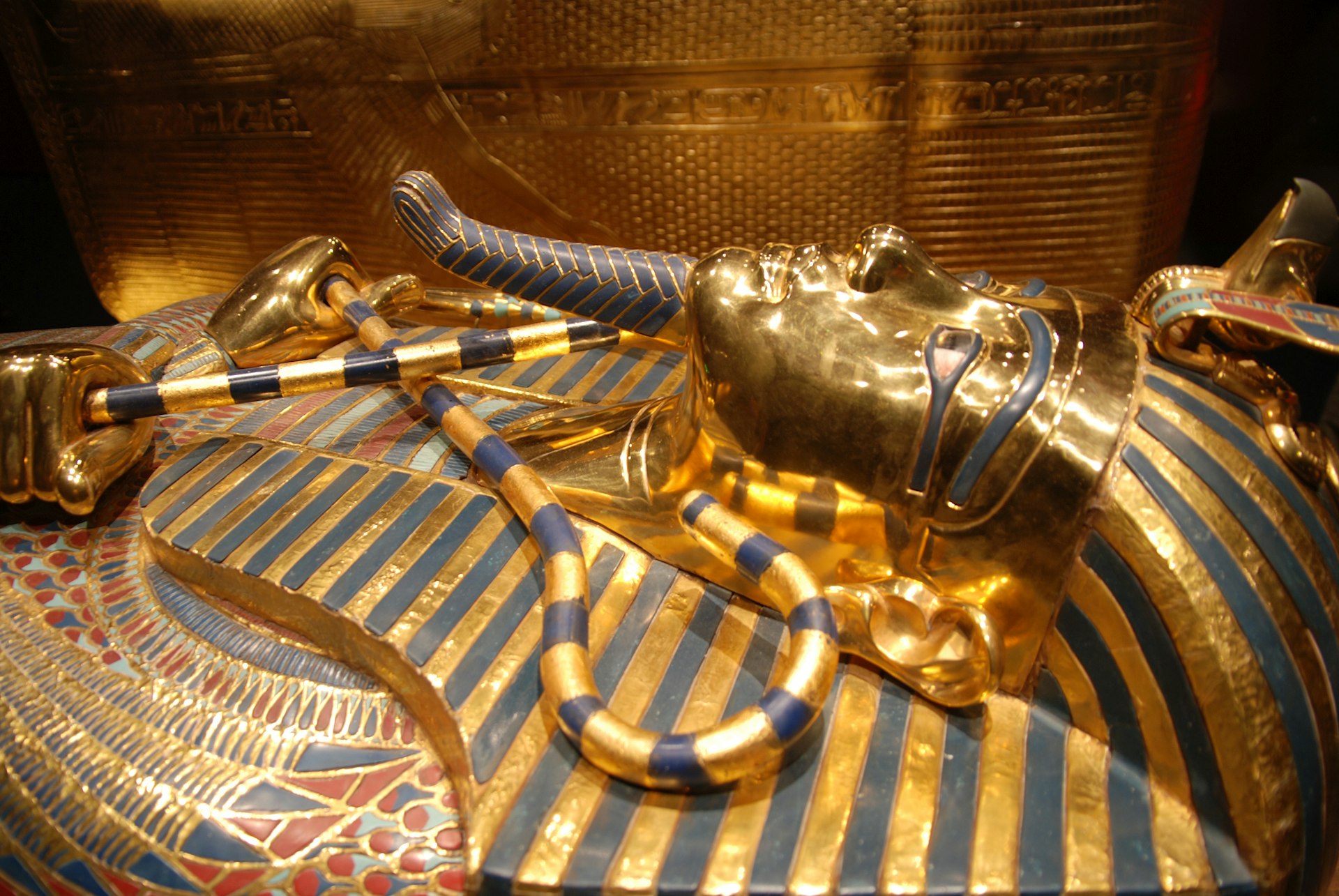
A mega museum and more
If the Grand Egyptian Museum opens as promised in 2023, it'll give Cairo's mummified kings a run for their money. GEM, an apt acronym for what will become the world's largest archaeological institution, will house over 100,000 artifacts — including all 5,000 relics from King Tutankhamun's tomb.
The museum is in a prime location for history buffs. The Pyramids of Giza are a couple of miles away, and it takes an hour's drive to reach Saqqara — a massive cemetery where archaeologists most recently uncovered two ancient tombs and a gold leaf-covered mummy sealed in a sarcophagus that hadn't been opened for 4,300 years.
Dig deeper with these 8 alternative destinations in Egypt
And that barely scratches Saqqara's surface. The ancient necropolis is the country's largest archaeological site, and Egypt's Ministry of Tourism and Antiquities estimates that only 1% of it has been excavated.
The Egyptian government hopes these discoveries might revive the country's tourism industry, which suffered over the past decade due to political turmoil, the coronavirus pandemic, and the war in Ukraine. (Russia and Ukraine account for roughly a third of all foreign tourists in peak years.) Perhaps the secret to Egypt's tourist-fueled comeback is hiding in the hieroglyphs.


